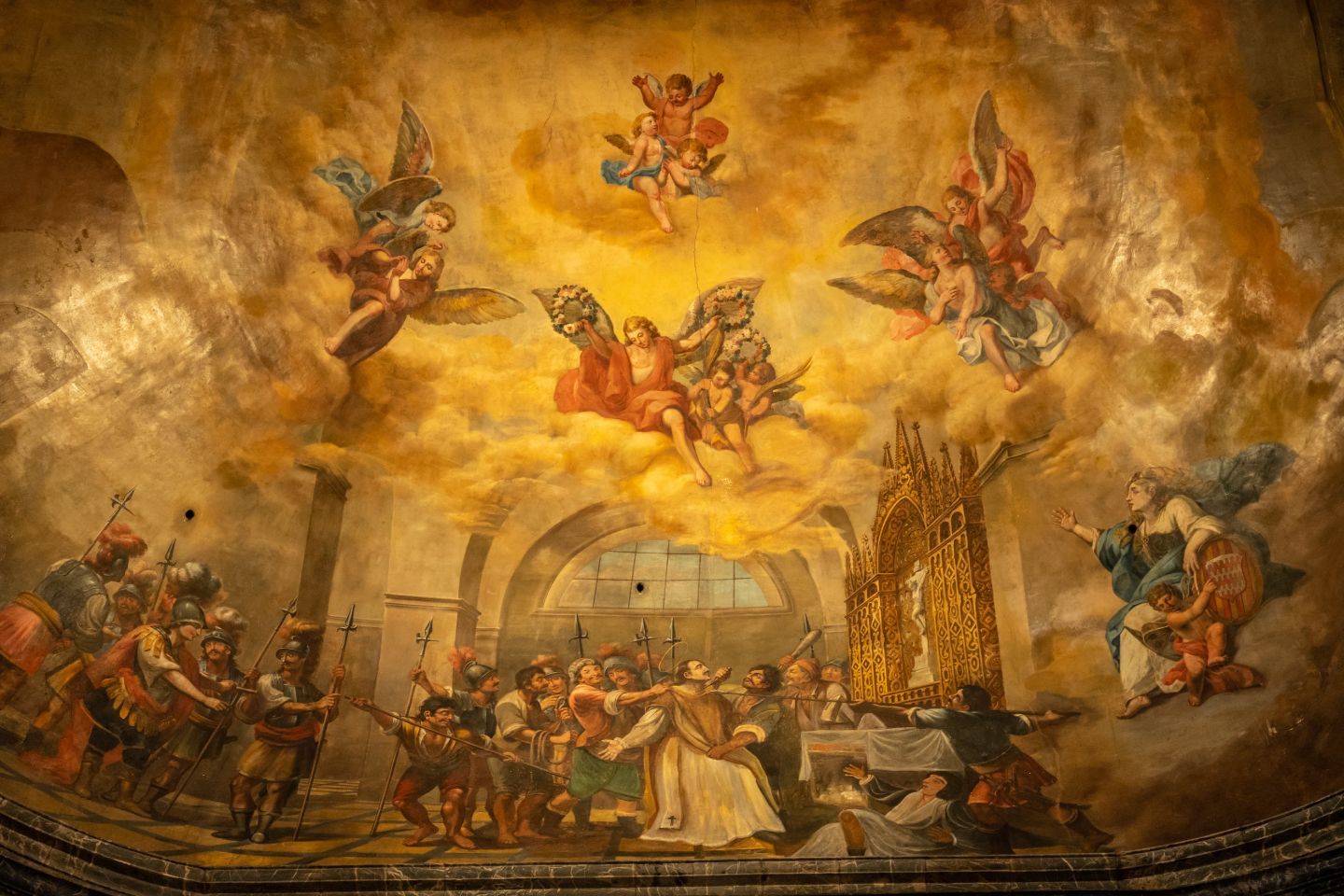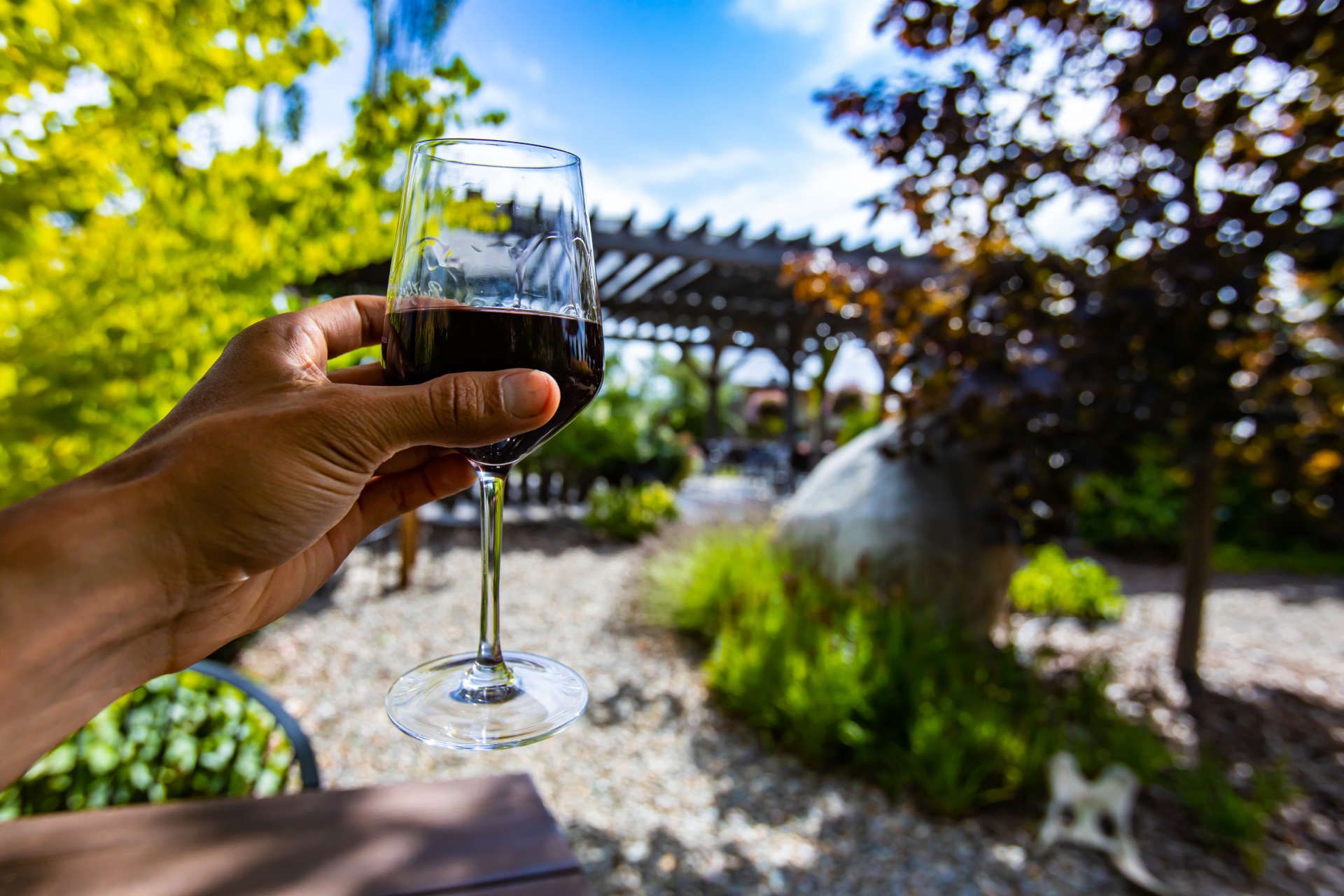
The Renaissance and Its Everlasting Impact on Contemporary Art

The Renaissance, a period of extraordinary cultural and artistic rebirth in Europe, has left an indelible mark that continues to influence modern art. This era, which flourished between the 14th and 16th centuries, marked a rebirth of sciences, arts, and philosophy, drawing inspiration from classical antiquity and leading to humanism, a movement that places humans at the center of the universe.
Origins and Development of the Renaissance
The Renaissance took root in Italy, specifically in Florence, where patrons like the Medici family funded artists and intellectuals, creating a fertile environment for artistic innovation. Artists like Leonardo da Vinci, Michelangelo, and Raphael transformed the artistic landscape, introducing revolutionary techniques such as perspective, which radically changed the perception of space and form.
Main Innovations and Techniques
During the Renaissance, new techniques such as the use of perspective and sfumato were developed, allowing artists to create works with unprecedented depth and realism. The holistic approach to learning and discovery characterized this period, influencing all forms of art.
Influence on Modern Painting
Renaissance painting, with its innovative approach to composition and light, paved the way for subsequent movements like Baroque and Neoclassicism. The principles of the Renaissance continue to be studied and admired, influencing contemporary artists around the world.
The Renaissance in Sculpture and Architecture
Sculpture and architecture were also revolutionized during the Renaissance. Sculptors like Donatello and architects like Brunelleschi applied principles of proportion and perspective that defined the aesthetic canon of the era and influenced future generations.
The Renaissance Beyond Europe
With the spread of humanistic ideas, the Renaissance was not confined to Europe. Its principles reached other parts of the world, influencing various forms of art and stimulating intercultural dialogues that persist to this day.
In conclusion, the Renaissance is not just a historical period, but a movement that continues to define the canons of modern art and culture. Its legacy is evident in numerous disciplines, demonstrating how ideas born centuries ago continue to influence and inspire contemporary art in ever new and surprising ways.




